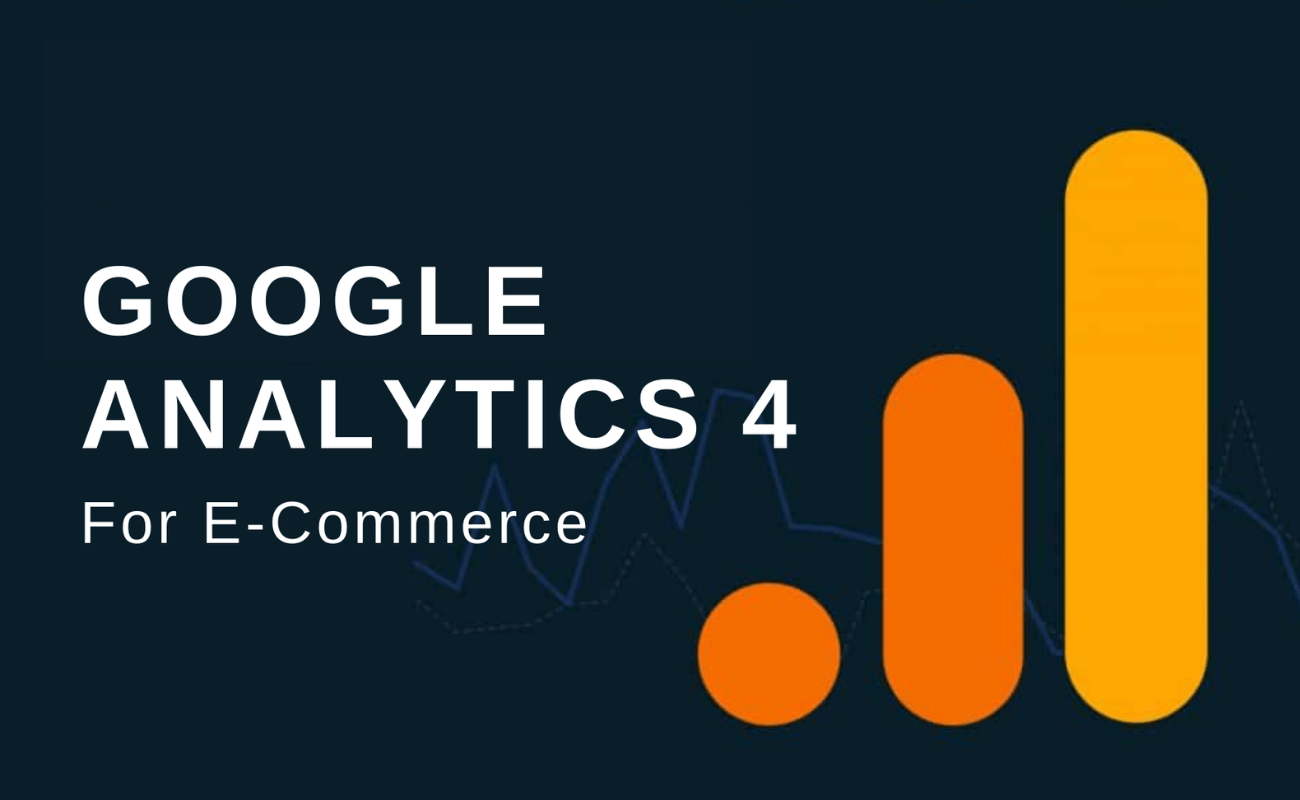Table of Content
ToggleUnderstanding GA4 E-Commerce: An Overview
Google Analytics 4, the next-generation analytics platform, brings a wealth of advancements to the e-commerce domain. Its E-Commerce capabilities empower businesses to gain profound insights into customer behavior, optimize marketing strategies, and enhance the overall user experience.
Key Features of GA4 E-Commerce: Unveiling the Power
1. Enhanced User-centric Measurement:
GA4 places a strong emphasis on user-centric measurement, allowing businesses to track user interactions across various touchpoints. This includes website visits, app usage, and interactions with digital platforms.
2. Event-driven Tracking:
The shift from pageview-based tracking to event-driven tracking is a game-changer. GA4 enables businesses to track specific events crucial to the e-commerce journey, such as product views, clicks, and purchases. This granularity provides a deeper understanding of user engagement.
3. AI-powered Insights:
Leveraging machine learning, GA4 E-Commerce offers AI-powered insights that go beyond traditional analytics. Predictive metrics help businesses anticipate customer behavior, allowing for more informed decision-making.
4. Cross-platform Tracking:
With the prevalence of multiple digital platforms, GA4 ensures seamless cross-platform tracking. Whether customers engage with your e-commerce site on a website or app, GA4 consolidates this data for a holistic view of user interactions.
5. User Lifecycle Reporting:
GA4 introduces User Lifecycle Reporting, enabling businesses to track the entire customer journey—from acquisition to retention. This comprehensive view facilitates targeted strategies for customer engagement at every stage.
Strategic Integration: Web Design and Full Stack Development
1. Web Design and GA4 Compatibility:
GA4 introduces User Lifecycle Reporting, enabling businesses to track the entire customer journey—from acquisition to retention. This comprehensive view facilitates targeted strategies for customer engagement at every stage.
2. Full Stack Development for Robust Functionality:
3. Custom Web Design Services for Brand Identity:
Custom web design services add a layer of personalization to your e-commerce platform. Aligning the aesthetics with your brand identity fosters a memorable and cohesive user experience. When integrated with GA4, custom web design becomes a powerful tool for brand visibility and recognition.
Optimizing for SEO Trends: A Crucial Component
1. User Experience and SEO:
2. Mobile-friendliness and GA4 E-Commerce:
Mobile-friendliness is a core aspect of modern SEO. GA4, with its cross-platform tracking capabilities, complements the mobile-first approach, ensuring that businesses capture data from users across devices.
3. Page Load Speed and User Engagement:
Page load speed directly impacts user engagement and, consequently, SEO rankings. GA4 E-Commerce provides insights into page load times, enabling businesses to identify and address potential bottlenecks for improved SEO performance.
4. Content Optimization and GA4 Insights:
GA4’s event-driven tracking extends to content interactions. By understanding how users engage with content, businesses can tailor their strategies for content optimization, aligning with SEO best practices.
Implementing GA4 E-Commerce: A Step-by-Step Guide
Set Up GA4 Property:
- Begin by creating a new GA4 property dedicated to your e-commerce platform. This involves setting up a GA4 account and configuring the property settings.
- Enable Enhanced E-Commerce Reporting: Within your GA4 property settings, enable Enhanced E-Commerce Reporting. This unlocks advanced tracking capabilities related to product views, clicks, and purchases.
Install GA4 Tracking Code: Integrate the GA4 tracking code into your website or app. This code is essential for capturing user interactions and events critical to e-commerce analytics.
- Configure E-Commerce Settings: Fine-tune your GA4 E-Commerce settings, including defining your currency, setting up tax information, and configuring shipping settings. This ensures accurate tracking of transaction-related data.
- Implement GA4 Tags: Utilize GA4 tags to track specific events and interactions. This could include tracking product views, clicks, and other relevant actions that provide valuable insights into user behavior.
- Customize User-centric Events: Leverage GA4’s flexibility to define custom events that align with your specific e-commerce goals. Whether it’s tracking sign-ups, form submissions, or specific user interactions, customization enhances the depth of your analytics.
- Utilize AI-powered Insights: Explore GA4’s AI-powered insights to gain predictive metrics and understand trends in user behavior. This goes beyond traditional analytics, offering actionable data for informed decision-making.
Implement Cross-platform Tracking: Ensure that cross-platform tracking is effectively implemented. GA4 seamlessly consolidates data from various digital platforms, providing a comprehensive view of user interactions across channels.
Explore User Lifecycle Reporting: Dive into User Lifecycle Reporting to gain insights into the entire customer journey. This feature facilitates a nuanced understanding of user acquisition, engagement, and retention.
Regularly Analyze and Iterate: Continuously analyze GA4 E-Commerce data and iterate your strategies accordingly. Regular reviews ensure that your e-commerce platform evolves in line with user behavior and industry trends.
Empowering E-Commerce Excellence with GA4
Frequently Asked Questions
GA4 E-Commerce offers enhanced event tracking, deeper insights, and better flexibility for e-commerce compared to traditional analytics.
GA4 E-Commerce provides advanced tracking, improved customer insights, and seamless integration with popular e-commerce platforms for better decision-making.
GA4 E-Commerce brings enhanced event tracking, machine learning insights, and cross-platform user tracking, offering a comprehensive view of customer behaviors.
Yes, GA4 E-Commerce seamlessly integrates with platforms like Shopify, WooCommerce, and Magento, allowing flexible tracking and analysis of e-commerce data.
Utilize custom events, track user interactions, and leverage machine learning insights in GA4. Regularly analyze e-commerce data to refine marketing strategies and enhance overall online performance.


 Search Engine Optimization
Search Engine Optimization